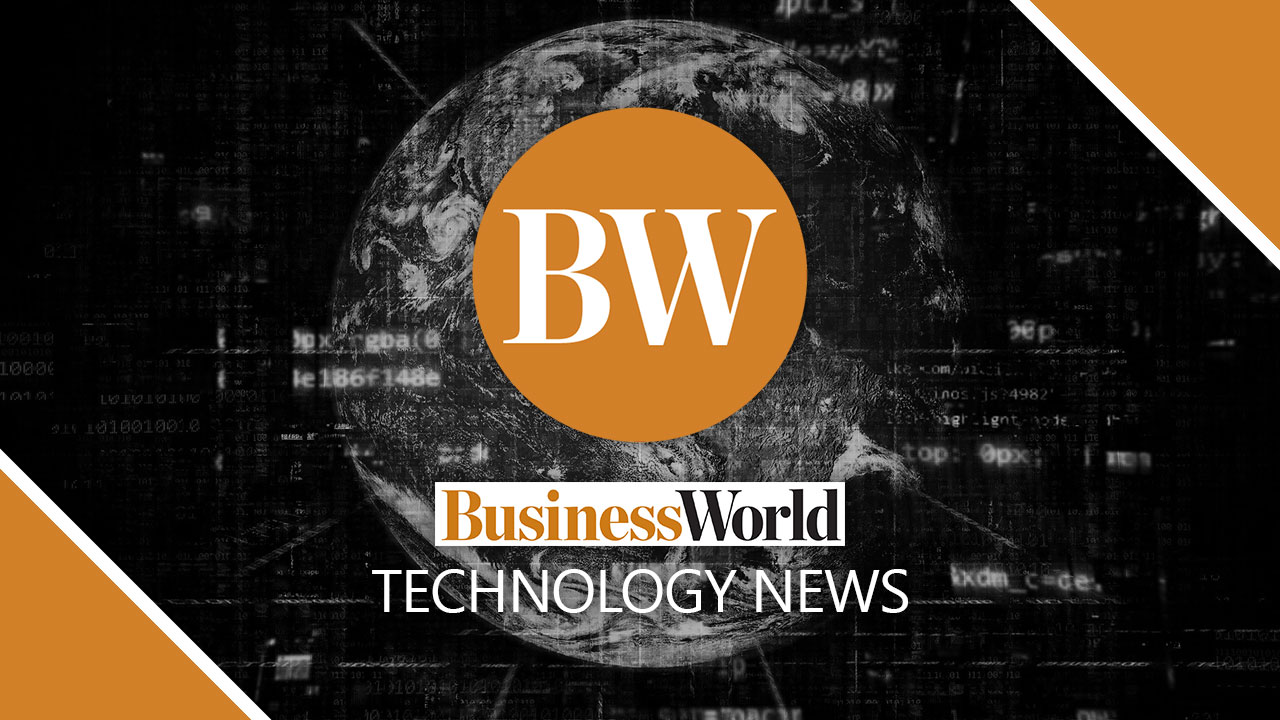How Asian businesses can step into the future with hyperautomation

By David Irecki
AUTOMATION carves out new avenues to achieve new business outcomes that would otherwise not be possible. It is safe to say that the disruption caused by automation will continue to have a significant impact across industries. While businesses in Singapore are well prepared to take these new disruptions in stride, companies in other Southeast Asian nations — like the Philippines, who lies at the lower end of the spectrum — are in danger of missing out.
With the convergence of automation technologies and data analytics, organizations are now in line to move at breakneck speed, gain unprecedented agility and resilience. With data enablement platforms no longer being tedious, time-consuming and highly manual, businesses are now positioned to reduce workloads, streamline repetitive, mundane tasks, and improve efficiency. As a result, businesses are eyeing the enhanced orchestration that hyperautomation promises, in a bid to further drive connection between everyone and everything, anywhere.
While digitizing workflows is a priority for businesses across Southeast Asia and in the Philippines, it is crucial for companies to understand how intelligent connectivity can drive automation that is fit for their specific needs.
Across the region, as a result of the pandemic-driven move to the cloud and the automation boom, analysts project businesses will further leverage enhanced collective intelligence well into the middle of this decade. However, to achieve this, it is crucial to have proven techniques and patterns on anything from creating new canonical models and mapping data attributes, to enabling mass data migrations and automating entire process orchestrations.
With the range of processes that modern platforms offer, it is crucial that organizations are able to ensure seamless connection of workflows and processes across their digital architecture. That is critical to reaching data enablement goals of empowering people and devices with information and automation to streamline processes, apply analytics, and make informed decisions.
Concurrently, businesses across Southeast Asia are facing an acute digital skills gap. As a result, many organizations are grappling with how to get the best from development-oriented and complex software such as Kubernetes.
These tools typically require a high degree of skill, and that becomes a major issue with a growing shortage of developers and other information technology professionals with the necessary skills to maximize the business impact of these tools.
There is, however, another set of automation tools that took a low code approach, enabling a wide variety of users, not just developers. Designed for ease of use and implementing standardized, enterprise-grade code in a secure, streamlined, and repeatable manner — these tools are accelerating digital resiliency, especially when it comes to large scale tasks like supply chain management.
Consider how coronavirus disease 2019 and labor shortages have created a global supply chain nightmare, and more specifically, exposed the flaws in expedited manufacturing. The impact has included shortages of items from toilet paper, masks and protective equipment, to shortages of semiconductor chips that hobbled auto manufacturing and other industries.
To address these issues and future-proof their businesses, it is imperative that local organizations turn to low-code artificial intelligence and machine learning solutions that modernizes the supply chain. As a result of harnessing predictive modeling, businesses will respond to shifts in customer demand in near real time, which will drive growth.
The agility provided by low code also eases the roll out of applications that make users’ lives easier. For example, during the pandemic, shopping online for groceries reached record levels, and continues to grow.
Similarly, most governmental bodies implemented paperless workflow solutions to typical civil services such as driver license renewals. Some governments even relied on low code to quickly develop applications and services to address public health issues. These programs include things like contact tracing or logistics for distributing vaccines.
While adapting to “The New Normal” that comes with endemicity will pose new challenges for business leaders, organizations that go down the path of hyperautomation will be well placed to manage all facets of their operations. Done correctly, intelligent connectivity and automation will make the difference when it comes to preventing operation bottlenecks and intelligently allocating resources.
As consumer demands continue to scale new heights, businesses must ensure they are able to deliver on those expectations and this will require steamlined business processes across the organizations.
From self-service digital channels powering government services to real-time predictive analytics guiding manufacturing through supply chain crises, intelligent connectivity and automation will pave the way for new streams of work and next-level innovation in every sphere of business. That is why a platform should go beyond integration to support end-to-end data processes and the automation of manual repetitive tasks.
A unified platform empowers businesses to initiate interactions efficiently for intelligent and seamless data management, transforming workflows from siloed and inefficient to frictionless and hyper-connected.
With hybrid and multi-cloud strategies set to dominate the way organizations conduct business, chief information officers need to approach integration with a view to the future. Ultimately, Philippines businesses that can call upon a single, unified platform will have the agility to tackle existing problems as well as the flexibility to meet future challenges head-on.
David Irecki is the Director of Solution Consulting for Asia-Pacific & Japan (APJ) at Boomi



